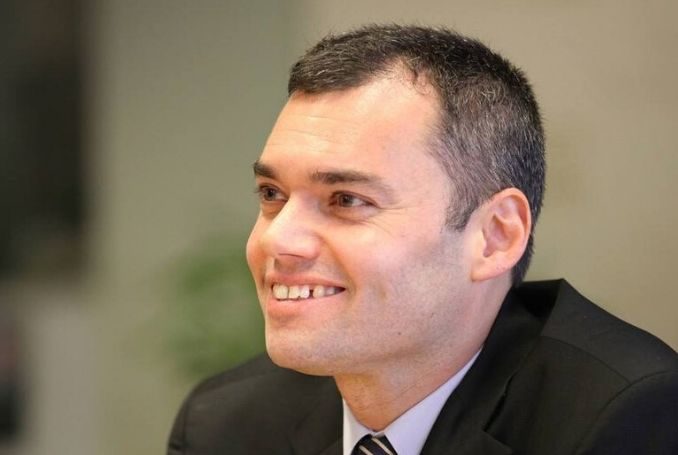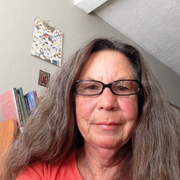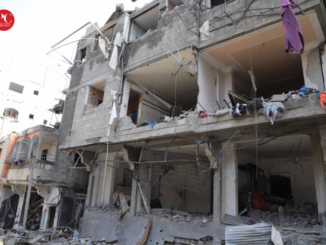
By Benay Blend
In a humorous rendition of the failure of reformist politics, the late Phil Ochs describes the lengths to which liberals will go to prove their political credentials. By crying for “Mr. Kennedy,” but not for “Malcolm X,” Ochs reveals the parameters in which liberals, at least the 60s American version, are stuck in their desire to maintain, with slight tweaking, the status quo.
On July 8, 2020, Peter Beinart, editor of Jewish Currents, wrote an opinion piece for the New York Times that has been hailed by Jonathan Ofir, in an OpEd for Mondoweiss, as a “major earthquake” in the liberal Zionist camp. “The prince has abandoned the castle,” he says, by relinquishing the Jewish State in favor of one equal state for all.
“The dream of a two-state solution that would give Palestinians a country of their own,” Beinart says, “let me hope that I could remain a liberal and a supporter of Jewish statehood at the same time.”
The keyword there is “liberal,” not revolutionary, not radical, not even progressive avantgarde. In his analysis, Beinart places “existential Israeli Angst” at the center of his thoughts. Moreover, he does not dwell too much on Palestinian’s angst not to mention their desires that stem from it.
In essence, he is advocating that Israel remain a safe refuge for Diaspora Jews, a Jewish homeland but not a Jewish state. On the other hand, he backs only minimal right of return for Palestinians to what is really their rightful home.
“Building that home,” Beinart concludes, “can bring liberation not just for Palestinians but for us, too.” Here again, his analysis is slippery. By not distinguishing between freedom for Palestinians which in this case is material, and deliverance for Jews, which here seems much more metaphysical, Beinart glosses over the core issue—the settler-colonial state.
Moreover, as Tatour notes, the “Palestinian national movement always distinguished between Jews native to Palestine and Jewish settlers. It is Zionism that erased this distinction.”
In a true liberal fashion that Ochs refers to in his song, Beinart refuses to look at anything that resembles “revolution” because that challenges the status quo. Instead, he sticks with a reformist solution in which everyone, except perhaps Palestinians, goes away feeling good.
Moreover, as Lana Tatour explains: “Beinart’s prognosis fails to identify what the problem really is: not 1967, but rather 1948 and Zionism itself as a settler-colonial, racial project.” Moreover, she concludes, Beinart has not abandoned Zionism, but instead seeks to “remake liberal Zionism into something that true liberal Zionists, like himself, can live with.”
A similar phenomenon has been going on in Santa Fe, New Mexico, where Red Nation activists are lobbying to have statues of conquistadores taken down. Though a June 18th article in the Santa Fe New Mexican (SFNM) implied that “reconciliation” characterized the most recent plaza rally, there was in fact a lot of disagreement.
Nick Estes (Lower Brule Sioux), Red Nation co-founder and Assistant Professor of American Studies at the University of New Mexico, stated that the removal of the monuments was only a superficial solution. “The systems of colonialism and colonization are still in place,” he said. “You can’t just change the face of these systems and expect change.”
Like those who understand that the liberation of Palestine cannot happen without the end of Zionism, Estes and others like him understand that ridding the landscape of monuments to injustice does not in itself bring about desired change. Yet following the obelisk’s removal, the SFNM reported that attendees heard two hours of speakers who focused on the need for reconciliation.
Indeed, the city’s liberal Mayor Alan Webber has called for a Truth and Reconciliation Commission to explore “our painful past and our joyful future as we make peace among ourselves for a better future for our children and our grandchildren based on our shared values.”
Mayor Webber’s proclamation is flawed for several reasons. For example, he does not take into account structural inequalities that have led to protests not only in Santa Fe but around the nation. In South Africa, there were no such commissions before there was a semblance of justice. Nowhere in this country, not the least in Santa Fe, are those inequalities being successfully addressed.
Moreover, Truth and Reconciliation requires that the abusers admit remorse over their past actions, and agree to accept the other’s version of the truth. It is not a compromise where each meets halfway. It seems that Beinart wants Palestinians to acknowledge the existential angst of their oppressors as if that is somehow comparable to their very real struggle against oppression.
In a similar vein, the Mayor asks his city to “engage in respectful dialog” about the past and then focus on “prayerful reflection about the future,” all while embracing “peace and reconciliation as a true fulfillment” of values that all New Mexicans share.
In the aftermath of the rally on the Plaza, there seem to be more conflicting values than those that are actually shared. For example, Maurus Chino, 66, an Acoma artist, said that he wanted the statues melted down into commemorative pieces that would draw attention to events such as the Pueblo Revolt of 1680, when the Pueblos united to drive the Spanish out.
On the other hand, Ralph Arrelanes, Sr., president of the Hispano Round Table of New Mexico, sees in the sculpture of Oñate, formerly located on the grounds of the Albuquerque Museum of Art, as merely “a group of people on their journey into New Mexico with their livestock,” not conquistadores who would displace the Indigenous people already living in the region.
Here there seems to be not so much “shared values” as the same distortion of history employed by Zionists who refuse to recognize the rights of Palestinians to their land. Mayor Webber’s choice of potential participants in his Commissions makes this comparison much clearer.
Webber has apparently expressed a preference for Creativity for Peace, a local group that brings together young Palestinians and Israeli Jews who are then supposed to grow to understand each other through artwork at a summer camp.
As Nick Este states, the “framing of Israel’s violent occupation of historic Palestine as a “conflict” is a distortion of history that erases the actual truth: Israel’s very existence depends upon the elimination of Palestinians. This is called settler colonialism. And like its patron, the United States, Israel is a violent settler nation that should be condemned for its crimes against humanity.”
Educator and Red Nation co-founder Melanie Yazzie notes, too, that Mayor Webber’s inclusion of Creativity for Peace is an act of “redwashing,” by including a “liberal organization that normalizes Israel’s colonial occupation of Palestine” in a local Commission designed to “help the community ‘heal.’”
By responding to “Pueblx-led efforts” to take down “colonizer statues” in Santa Fe, Yazzie continues, “he’s basically using Palestinian rights (or the gross colonial two sides in “conflict” version) to erase, or “wash,” Pueblo claims for decolonization here (which is how Israel uses Indigenous people here to erase Palestinian claims for decolonization in their homelands). Decolonization would of course mean land return and the end of cultural appropriation and exploitation.”
There lies the crux of the liberal argument for “two sides,” whether expressed by Beinart, Webber, or groups like Creativity for Peace. It ends just short of decolonization, the end of Zionism, or whatever action that would give legitimacy to land claims and structural reorganization. These issues need to be resolved before Truth and Reconciliation can happen.
“You don’t have to worry about what people think of you saying things when it’s the TRUTH,” claims Red Nation member Justine Teyba (Santa Clara and Tesuque Pueblo). “And that’s all I’ve done in this work, just tell the truth.” So far, both Beinart and Webber have come close, but as long as they continue to adhere to the liberal “two sides” dialogue, their efforts will be flawed. “In a settler nation,” declares Nick Estes, “there is a clear perpetrator: the state.”
– Benay Blend earned her doctorate in American Studies from the University of New Mexico. Her scholarly works include Douglas Vakoch and Sam Mickey, Eds. (2017), “’Neither Homeland Nor Exile are Words’: ‘Situated Knowledge’ in the Works of Palestinian and Native American Writers”. She contributed this article to The Palestine Chronicle.

– Benay Blend earned her doctorate in American Studies from the University of New Mexico. Her scholarly works include Douglas Vakoch and Sam Mickey, Eds. (2017), “’Neither Homeland Nor Exile are Words’: ‘Situated Knowledge’ in the Works of Palestinian and Native American Writers”. She contributed this article to The Palestine Chronicle.







